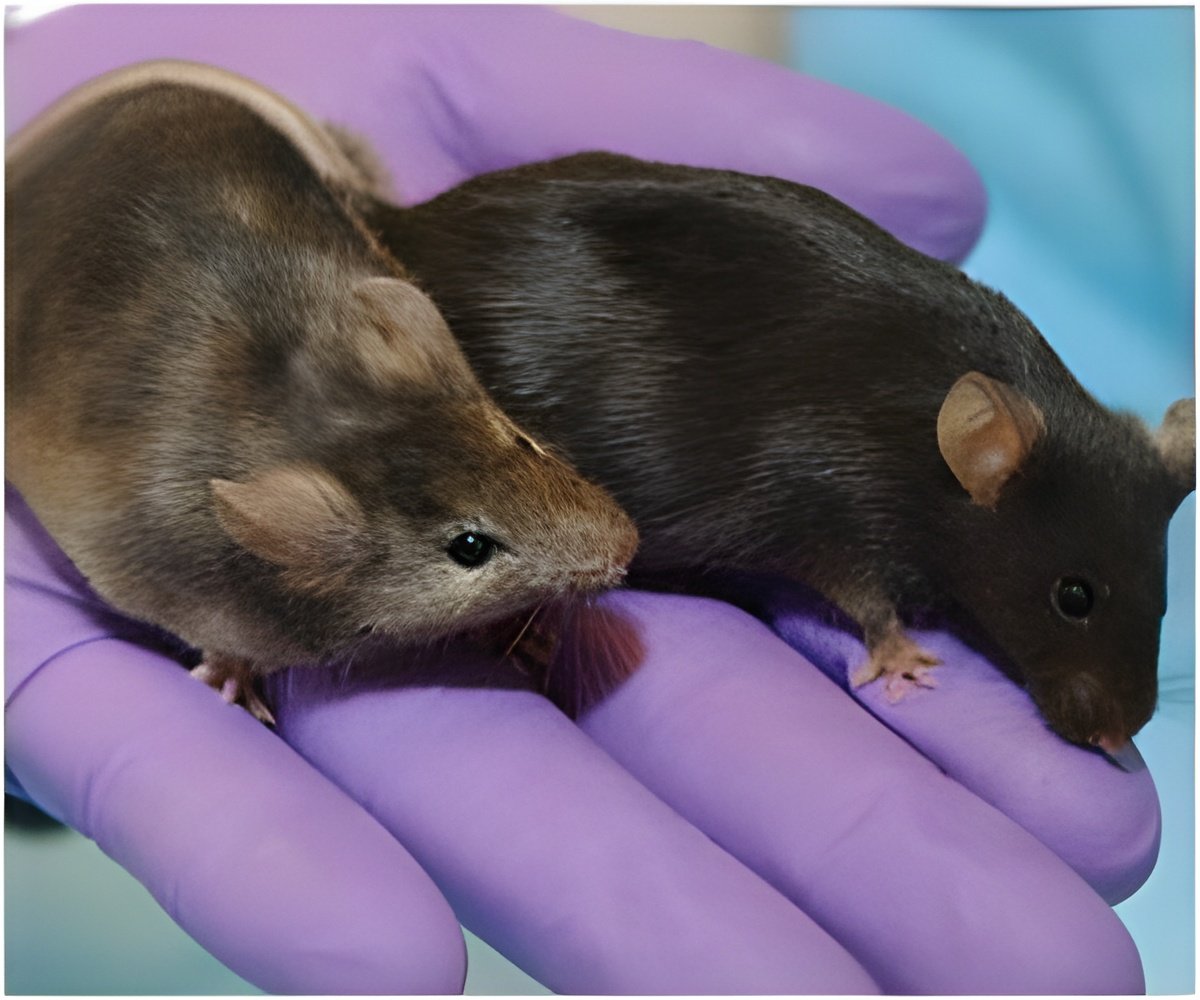
The threads were placed in a wound created by surgically removing a large section of leg muscle from a mouse. Over time, the threads and cells restored near-normal function to the muscle.
Surprisingly, the microthreads, which were used simply as a scaffold to support the reprogrammed human cells, actually seemed to accelerate the regeneration process by recruiting progenitor mouse muscle cells, suggesting that they alone could become a therapeutic tool for treating major muscle trauma.
"We are pleased with the progress of this work, and frankly we were surprised by the level of muscle regeneration that was achieved," Raymond Page, corresponding author on the paper, said.
Mammalian skeletal muscles are able to repair small injuries caused by excessive exertion or minor trauma by recruiting muscle progenitor cells, which have not fully developed into muscle fibers, to the site of injury to rebuild the muscle, but with major injuries, the body's first priority is to stop the bleeding, so scar tissue forms quickly at the wound site and overrides any muscle repair.
In the current study, the WPI/CellThera team combined two novel technologies to try to prevent scar formation and prompt muscle re-growth.
Advertisement
The second was the use of biopolymer microthreads as a scaffold to support the cells. Developed by George Pins, associate professor of biomedical engineering at WPI, the threads, about the thickness of a human hair, are made of fibrin, a protein that helps blood clot.
Advertisement
In some mice, the injuries were left to heal on their own. In others, the wound was filled with bundles of microthreads seeded with reprogrammed human muscle cells. The untreated mice developed significant scarring at the injury site, with no restoration of muscle function. In sharp contrast, the mice that received the reprogrammed cells grew new muscle fibers and developed very little scarring.
Tests done 10 weeks after implantation showed that the regenerated tibialis anterior muscle functioned with nearly as much strength as an uninjured muscle. The scientists expected that most of the regenerated muscle would be composed of human cells, since the implanted cells were from human muscle. Surprisingly, most of the new muscle fibers were made of mouse cells.
The team theorized that the fibrin microthreads, which in their composition and shape are similar to muscle fibers, may encourage resident mouse progenitor cells to migrate into the wound and begin restoring the tissue.
The surprise finding of the study suggests that fibrin microthreads alone could be used to treat major muscle trauma while research on enhancing regeneration with reprogrammed human cells continues.
"The contribution of the fibrin microthreads alone to wound healing should not be understated," the authors said.
"While this clearly points to room for improving cell delivery techniques, it suggests that fibrin microthreads alone have tremendous potential for reducing fibrosis and remodeling large muscle injuries. Future studies will address, more completely, the capability of microthreads alone and determine, at what point, a combinational cell therapy is required for full functional tissue restoration," they added.
The study has been published in the journal Tissue Engineering.
Source-ANI











